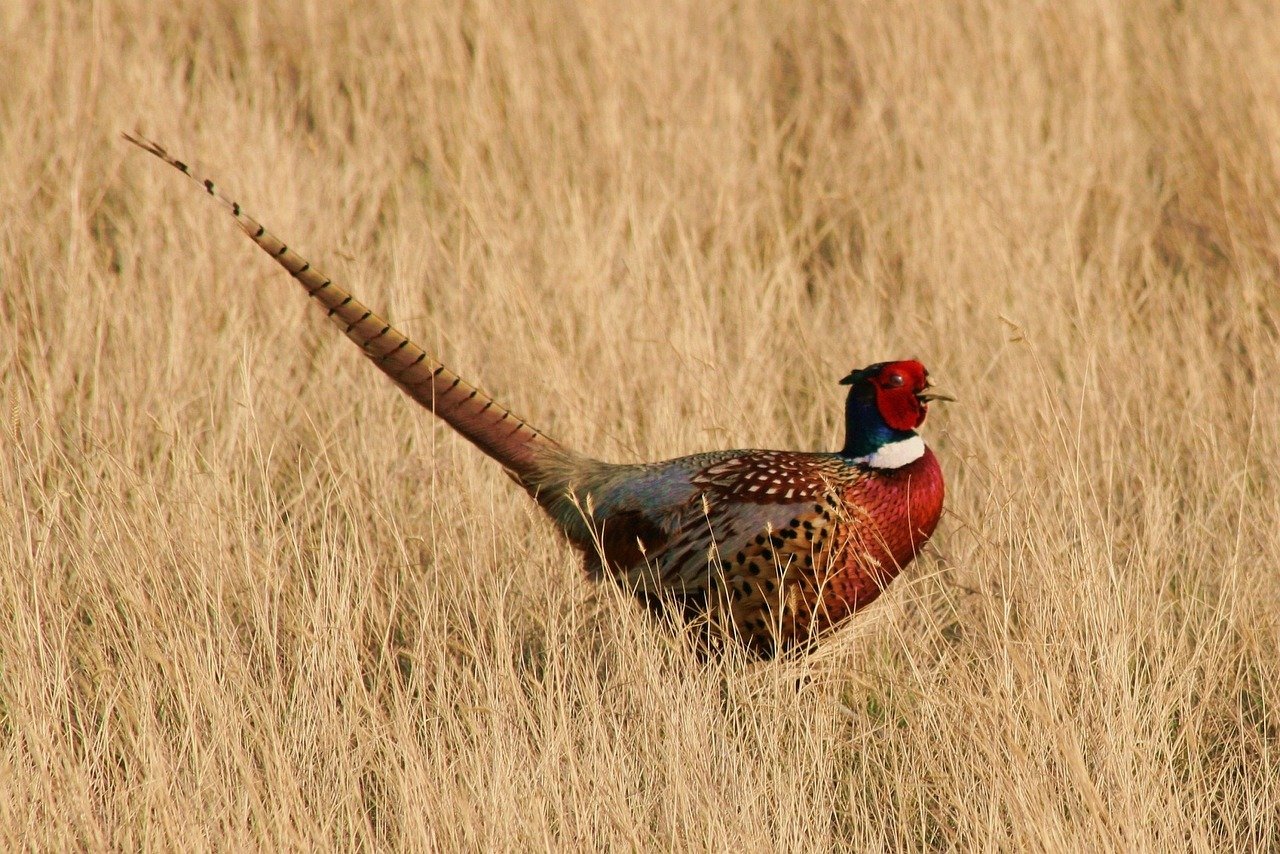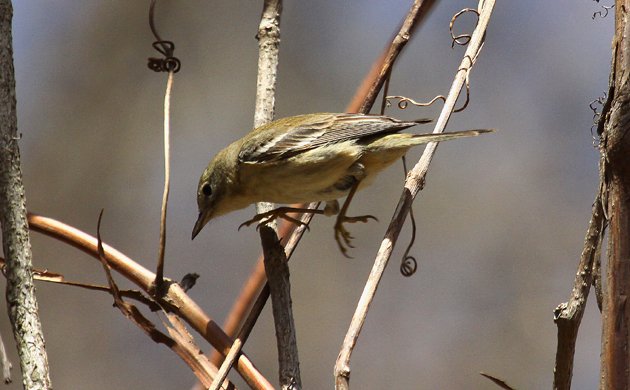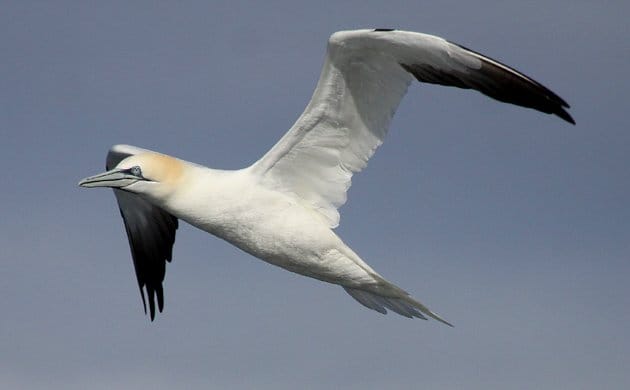
Many states choose their representative bird based on common, native birds spending part or all of the year within the states’ borders. South Dakota went a different way, designating the Ring-necked Pheasant as the state bird in 1943. In fact, the bird is so popular that it was also chosen for South Dakota’s bicentennial commemorative quarter!
Ring-necked Pheasants are native to Asia, brought over in the 1880’s. Since then their range has spread across the United States and southern Canada, and they remain a sought-after game species. During some seasons, millions of male pheasants are killed.
These males are striking. With red faces, green necks, a bright white “ring,” patterned bodies, and long tails, it is impossible to mistake Ring-necked Pheasants for anything else. While the females are much drabber by comparison, their gold/tan color and black spotting makes them stand out from other species as well. Males are territorial, and may act aggressively towards other avian ground species.
Ring-necked Pheasants have a wide and varied diet, which is made up of seeds, grasses, fruits, insects, nuts, and more. They forage on the ground, and are found in agricultural fields, grasslands, and even forests and deserts. In Hawaii, they are found as high as 11,000 feet!
Partners in Flight estimates that the global breeding population is around 50 million; 30% of which can be found in North America and Canada. Despite these robust numbers, their populations are declining on our continent, falling about 32% between 1966 and 2010. While hunting plays some role, habitat loss as farms switch to monocultures is the greater culprit. Accidents on roads and with farm machinery also cause many pheasant deaths every year.





 New writers welcome – please contact us for details.
New writers welcome – please contact us for details.

















She neglected to mention that they are delicious!